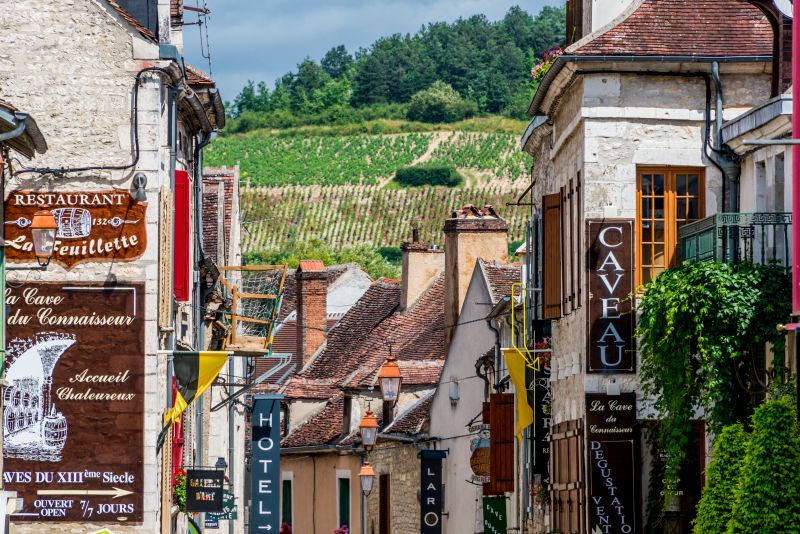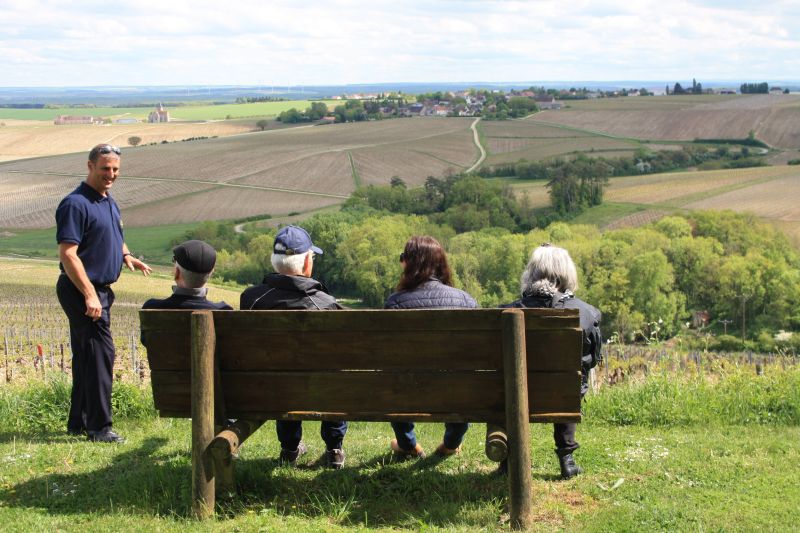Chablis is rich in more than just wine – it is also rich in a thousand years of fascinating history. Two of our barges, La Belle Epoque and L’Art de Vivre, offer private wine tastings in this intriguing city. Before you indulge in a sip or two, we recommend you quench your thirst for knowledge.
The Intoxicating History of the Chablis Region

Bare Beginnings
The name ‘Chablis’ is of Celtic origin – cab meaning ‘house’ and leya meaning ‘near the wood’ – and the town’s beginnings can be traced back to Roman times. However, it wasn’t until the Middle Ages that the viticulture it is known for today took off, particularly because of the Cistercian monks who called the region their home.
- Over the course of the twelfth and thirteenth centuries many churches were constructed in the region, including the famous Pontigny Abbey.
- In the 1400s, Chablis was transporting its wine to Paris and other areas of France by way of the River Yonne.
- The fifth printing press in all of France was established by Pierra Lerouge in 1478.
By 1537, the town was prospering – so much so that its population had grown to that of 4,000.

Tragedy Strikes
However, this was all to change in 1568 when the Huguenots attacked, ransacked the village and burned down the upper town. It took two centuries for Chablis to recover from this loss. By the end of the nineteenth century, the vineyards were wrought with vine diseases such as mildew and phylloxera. WWI and WWII saw the significant reduction of local manpower due to the loss of many young men’s lives. When 1955 dawned, there was just 550 hectares of vines left.
Luckily, things began to improve through the hard work of the local winemakers, the introduction of mechanisation and the heating of the vines. Wealth was to return to Chablis.

A Success Story
Today, the Chablis region contains over 5,000 hectares of vineyards, filled with up-and-coming winemakers and famous for its fantastic dry whites. It may have had a difficult and sometimes disheartening past, but it has proved itself as strong and resilient.
This gorgeous area’s future is as bright as its past is fascinating – experience it all in the present on a European Waterways barge holiday.
 English
English
 Spanish
Spanish French
French German
German Norwegian
Norwegian Portuguese
Portuguese Swedish
Swedish Italian
Italian Russian
Russian Simplified Chinese
Simplified Chinese Japanese
Japanese